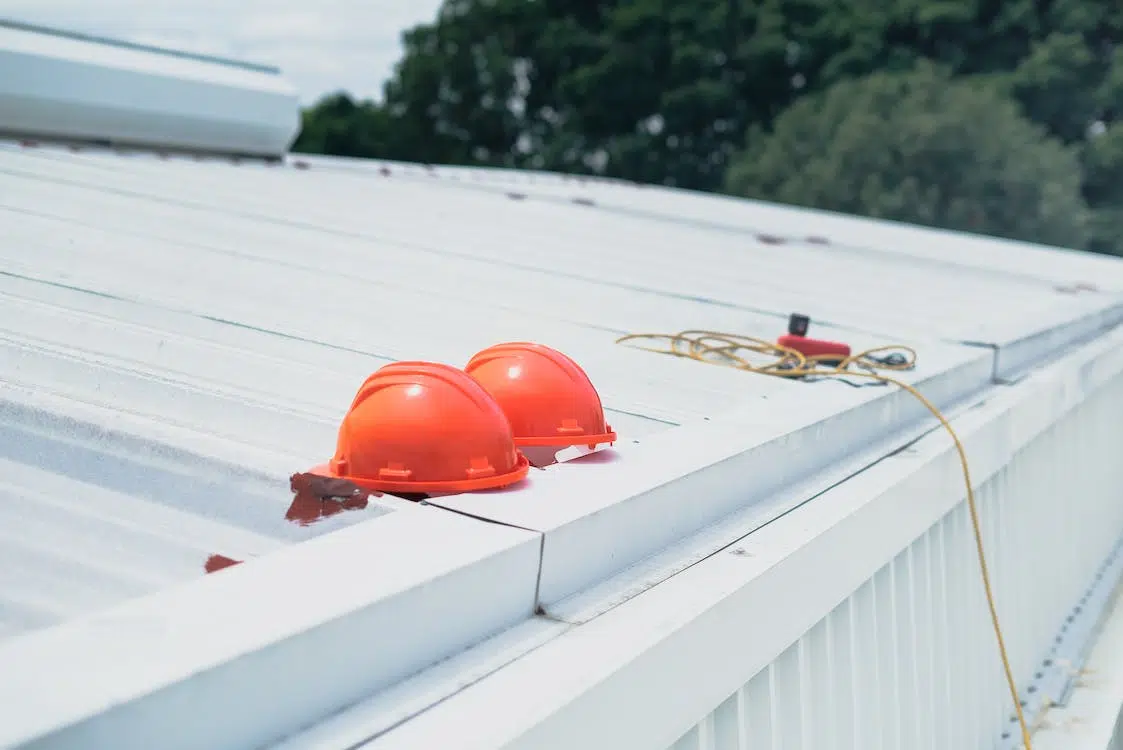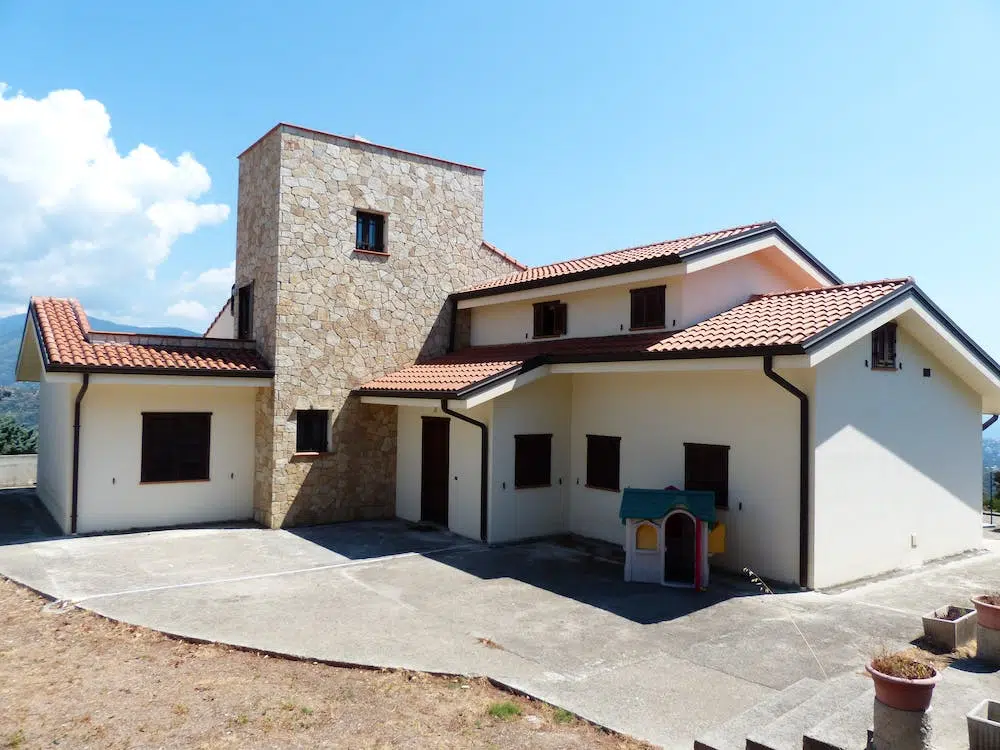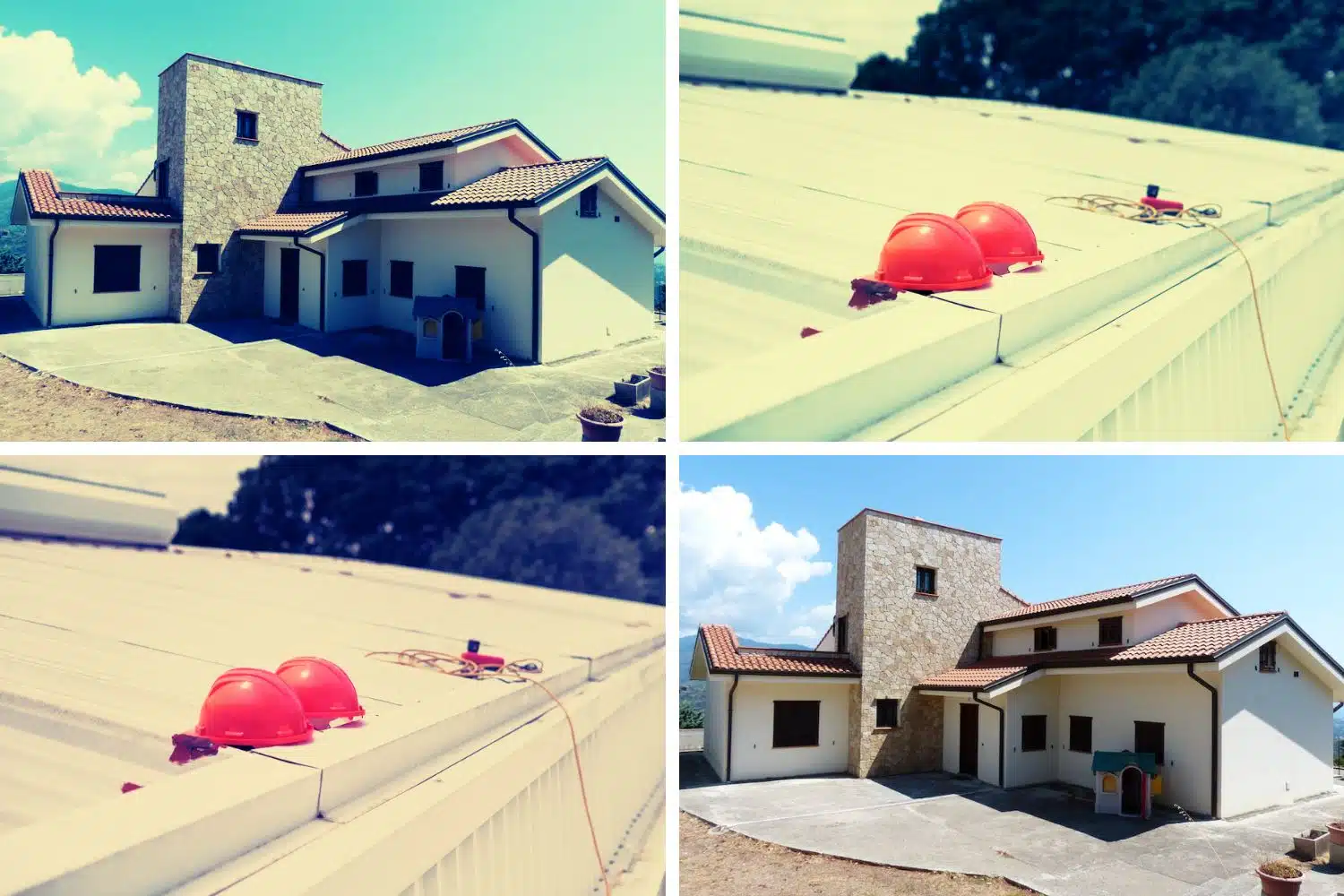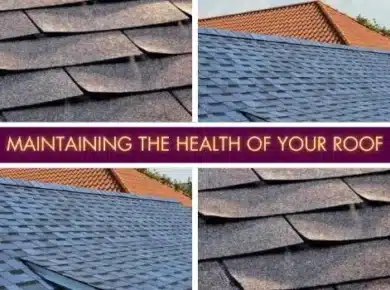Are you tired of water damage to your home’s foundation and landscaping every time it rains? Installing gutters can help prevent these costly issues, but before you jump into a DIY gutter project, there are several important things you should know. From understanding local building codes to choosing the right materials and maintaining your gutters over time, we’ll cover everything you need to know in this comprehensive Home Gutter Installation.
Types of Gutters

One popular choice is the K-style gutter, known for its flat bottom resembling crown molding, providing a sleek and modern aesthetic. Another option is the half-round gutter, offering a more traditional rounded shape that can enhance the visual appeal of your home. If affordability is a priority, sectional gutters are worth considering. These gutters come in pre-cut sections that can be easily assembled using connectors.
On the other hand, for a seamless and customized look, seamless gutters are a great choice. These gutters are tailor-made to fit your home’s exact dimensions, eliminating the need for multiple sections and reducing the risk of leaks. In areas with heavy rainfall or snowfall, oversized downspouts, and box gutters can effectively manage larger volumes of water, preventing overflow and potential water damage.
Lastly, if you’re seeking durability and a distinctive appearance, copper gutters are an excellent option. Considering the range of rain gutters available, take into account factors such as aesthetics, functionality, affordability, and weather conditions in your area. By selecting the most suitable gutter type, you can enhance the performance and visual appeal of your home while effectively managing rainwater runoff.
Local Building Codes
Building codes are put in place to ensure that all construction projects meet certain safety standards and regulations set by the government. Before you start any gutter installation project, make sure you research and understand the requirements set forth by your local building department.
This will help ensure that your gutters are installed properly and up to code. Some common building codes for gutters include proper placement and slope, adequate downspouts, and appropriate materials based on climatic conditions. Failure to comply with these codes can result in fines or even legal consequences.
It’s important to note that building codes may vary depending on where you live, so it’s essential to do your research beforehand. Don’t assume that what worked for a friend or neighbor will work for you too.
Proper Sizing
Gutters that are too small can’t handle heavy rainfalls, while oversized gutters may look out of place on your home and not function properly. So, how do you determine the right size for your gutters? You should consider the average rainfall in your area. The more rain you typically get, the larger your gutter system should be.
Secondly, take into account the pitch of your roof. Steep roofs require bigger gutters to accommodate fast-flowing water. Don’t also forget about the surface area of your roof. A larger roof will need a larger gutter system.
Finally, consult with a professional contractor who can accurately assess all these factors and recommend an appropriate gutter size for your home.
Gutter Materials
The most common gutter material is aluminum. It’s lightweight, rust-resistant, and relatively inexpensive compared to other materials. However, it may not be as durable as other materials and can easily dent if hit by fallen branches or debris.
Copper gutters are another popular option due to their unique aesthetic appeal. They add elegance and charm to any home while being incredibly durable and long-lasting. However, copper gutters tend to be more expensive than other materials. For those looking for an eco-friendly option, vinyl gutters may be the way to go. Made from PVC plastic resin, they’re recyclable and easy on the environment. They’re also affordable but may not last as long as some of the other options. Especially if you go for the option of seamless gutters and customize them for your fitting.
Steel gutters offer superior strength and durability but come at a higher cost than most other materials. While they can withstand harsh weather conditions without damage or dents over time; however moisture will eventually cause them to wear down faster than others.
Gutter Maintenance

Neglecting gutter maintenance can lead to clogs, leaks, and even structural damage to your property. One of the primary ways to maintain gutters is through regular cleaning. Leaves, twigs, and debris can accumulate in the gutters over time, obstructing the flow of water.
Cleaning them at least twice a year or more frequently if you live in a heavily wooded area will help keep them clear. Another important step in maintaining your gutters is inspecting them for any damages such as cracks or holes regularly. If left unaddressed these issues can result in leaks that can cause costly damage to your home’s foundation or walls.
It’s crucial always to have proper drainage systems installed with the right slope so that any accumulated water flows away from foundations. Regularly checking downspouts for blockages ensures they are functioning correctly.
Conclusion
From selecting the right materials and sizing to complying with local building codes, it’s important to take your time and ensure that you’re installing gutters that will properly protect your home. By following the guidelines laid out in this article, you’ll be well on your way to successfully installing functional and attractive gutters for your home. With proper maintenance and regular cleaning, your gutters can provide years of reliable protection against water damage, keeping your home safe from costly repairs.
So whether you’re installing new gutters or replacing old ones, remember these key points: familiarize yourself with local building codes; select appropriate gutter materials based on climate; properly size the system based on the roof area and rainfall intensity; perform regular maintenance; and always prioritize safety during installation.






